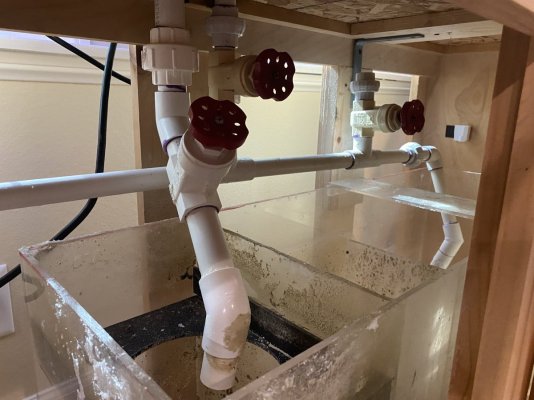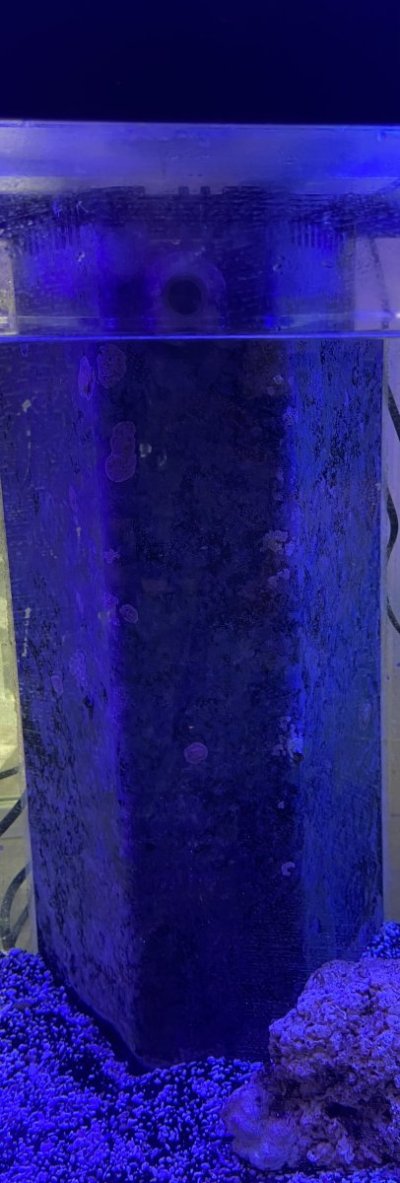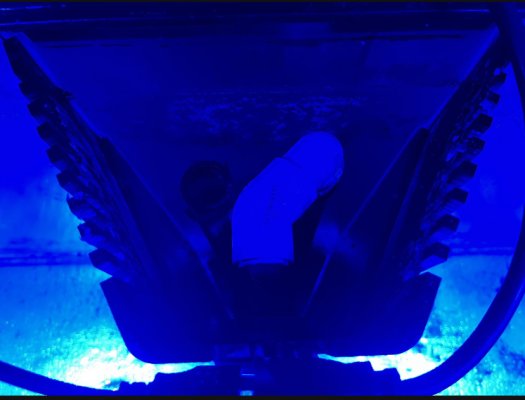Hello Everyone,
I upgraded to a 135 system two days ago. My return pump is coming today therefore I can finally get the tank fully set up and started. I was just wondering how to properly get the sump running. I tried to look up YT vids but they don't show the part where they are filling it up and getting the cycle going. I read different ways to do it but I am not sure which is the best so I can prevent it from overflowing in case of a power outage. It would be great if someone would tell me step by step, thank you.



I upgraded to a 135 system two days ago. My return pump is coming today therefore I can finally get the tank fully set up and started. I was just wondering how to properly get the sump running. I tried to look up YT vids but they don't show the part where they are filling it up and getting the cycle going. I read different ways to do it but I am not sure which is the best so I can prevent it from overflowing in case of a power outage. It would be great if someone would tell me step by step, thank you.


















